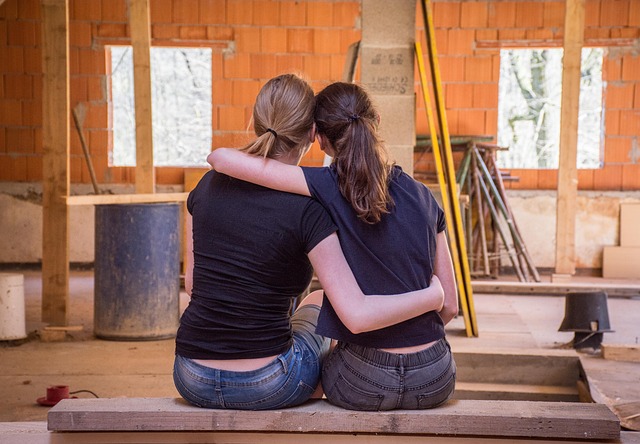
Navigating Empathy: Relationship Advice for Understanding Emotional Expression
Understanding emotional expression is a cornerstone of nurturing relationships. As we navigate through life, we often find ourselves entangled in a web of emotions that can be challenging to articulate. This is especially true in relationships, where miscommunication can lead to misunderstandings. So, how can we become better at expressing our emotions and understanding those of others?
First, it’s essential to recognize that everyone expresses their emotions differently. Some may wear their hearts on their sleeves, while others might conceal their feelings behind a carefully constructed facade. This divergence emphasizes the importance of empathy. When we approach our loved ones with an open heart, we’re more inclined to explore the depths of their emotional expression.
One effective piece of relationship advice is to cultivate active listening skills. Rather than simply hearing what your partner says, invest time in truly understanding the emotions driving their words. This can involve maintaining eye contact, nodding, and even verbal affirmations like “I understand” or “That sounds tough.” These small gestures can communicate a sense of safety and validation, encouraging your partner to share their feelings more openly.
Additionally, it might be beneficial to develop a vocabulary for emotions. How often do we hear phrases like “I feel bad” or “I’m upset” without fully understanding the underlying emotional texture? By exploring more nuanced emotions like frustration, disappointment, or anxiety, you help clarify and deepen the conversation. Encourage your partner to do the same; introducing them to a range of feelings can enrich your discussions and enhance overall emotional clarity.
Don’t shy away from expressing your own emotions, either. Sharing your feelings fosters an environment where others feel safe to do the same. Be mindful of your tone and wording—use “I” statements to convey your feelings without placing blame. For example, saying, “I feel overwhelmed when we don’t communicate regularly” is more constructive than “You never talk to me.” This approach minimizes defensiveness and opens the door to deeper dialogue.
Moreover, consider the timing and context of your emotional discussions. Choose moments when both you and your partner are calm and receptive. Engaging in deep emotional conversations during stressful situations may only lead to conflict. It’s vital to have a conducive environment where both parties feel relaxed and focused on the conversation without distractions.
Lastly, understand that emotional expression is a journey. Both you and your partner may need time to articulate your feelings clearly. Practicing patience and showing compassion during this process is crucial. Recognize that your partner’s ability to express emotions may grow over time, just as yours will. Progress may be gradual, but each small step counts in building emotional depth in your relationship.

